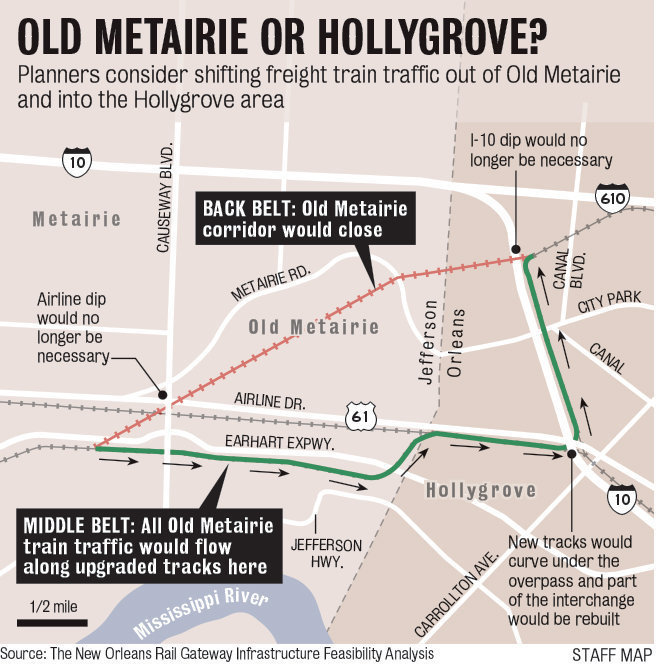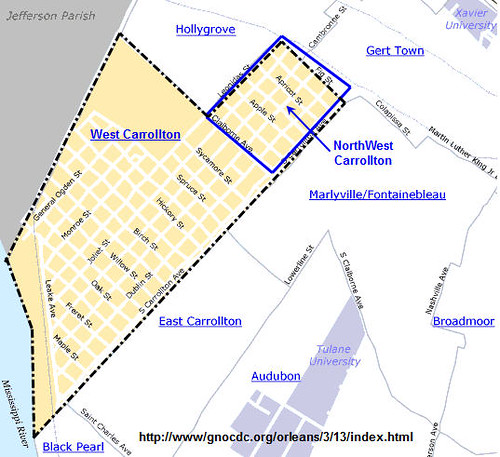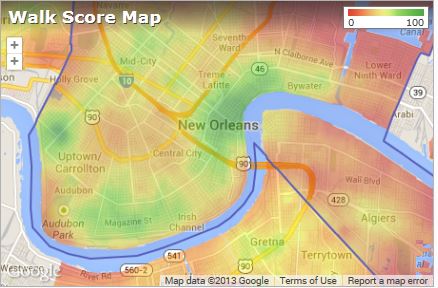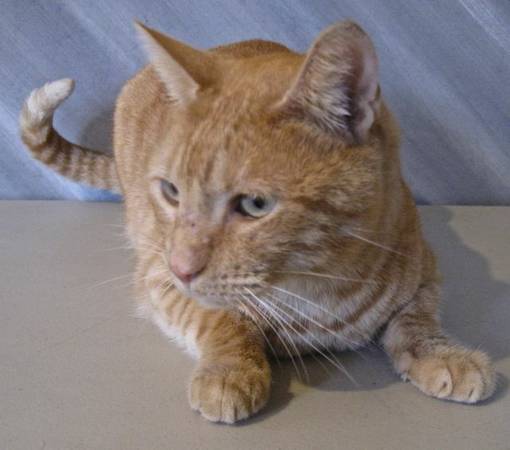Entergy Urges
Customers to Watch for Phantom Power Users
Simple steps
such as using power strips or unplugging chargers can make a
difference
New
Orleans, La. – With Halloween practically on our doorsteps, Entergy New Orleans
is encouraging its customers to be on the lookout for phantoms – phantom power,
that is.
Phantom
power – also known as standby or vampire power – is the energy used by certain
appliances and electronic devices, even when they are turned off. A variety of
products and appliances, such as televisions, microwaves and cell phone
chargers, use phantom power. While it may seem trivial, the amount of wasted
energy can add up over time and show up on monthly utility
bills.
According
to the U.S. Department of Energy, appliances and home electronics can
account for as much as 20 percent of a typical monthly bill. And approximately
75 percent of the electricity used to power those products is consumed when the
products are turned off.
“Phantom
power can be compared to having a leaky faucet,” said Melonie Stewart, director
of customer service for Entergy New Orleans, Inc. “A few drips may not seem like
a big deal but they can add up to a larger water bill over time. Similarly,
appliances and electronics that draw power even when you aren’t using them can
add to your monthly power bill. Fortunately there are some simple ways to
control phantom power and help you save money.”
Anything
with a plug, a glowing light or a display can be a phantom power user. The most
common culprits include electronics with remote controls, built in clocks or
timers and instant-on features such as televisions, computers, printers, video
game consoles and DVD players.
A
study
by the National Resources Defense Council showed that some cable TV boxes,
which are often left on all day, can use as much power as a
refrigerator.
Other
common phantom power users are appliances and household items that are charged
through a wall plug such as digital cameras, power tools, cell phones and MP3
players.
Here
are some simple steps that can help you fight phantom power:
·
Purchase
an advanced power strip and plug appliances into it.
·
Turn
off televisions and computers when not in use.
·
Unplug small transformers (battery
chargers and power adapters) when products are fully charged or not in use.
Small transformers come with many electronics such as cell phones and electric
shavers and plug into standard wall outlets.
·
Check the label. If purchasing an
Energy Star-labeled product, choose the model that uses the least amount of
phantom power. If the amount isn’t listed on the label, visit the U.S.
Department of Energy’s online database to view manufacturer-supplied data by
category.
For
more information on energy conservation and a variety of money saving tips,
visit www.EntergyNewOrleans.com/savemoney.
Entergy
New Orleans, Inc. is an electric and gas utility that serves Louisiana’s Orleans
Parish. The company provides electricity to more than 169,000 customers and
natural gas to more than 100,000 customers. Entergy
New Orleans is a subsidiary of Entergy Corporation, which celebrates its 100th
anniversary in 2013.
-30-




